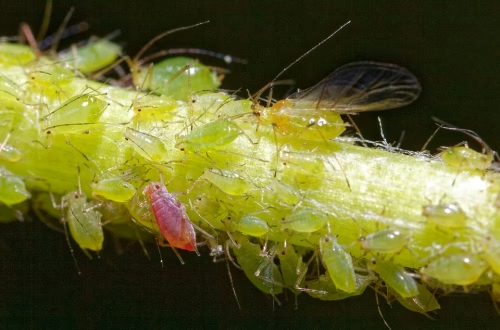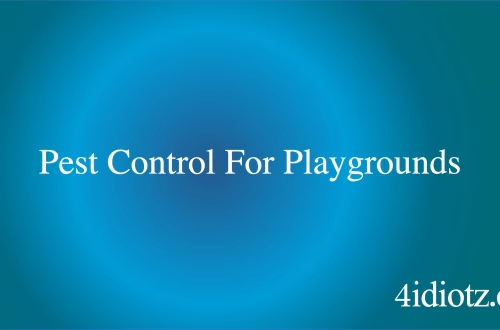Article Summary
Pest infestations can disrupt homes and businesses, posing significant health risks and causing costly property damage. Exterminators play a critical role in identifying, managing, and eradicating pests through specialized knowledge and targeted strategies. This article explores the nuances of exterminator pest control, including specific infestation criteria, effective treatment methods, and regulatory implications. Whether you’re dealing with rodents, termites, or cockroaches, understanding the importance of professional pest management can help you protect your health, property, and peace of mind.
What This Means for You
- **Immediate Action:** If you suspect a pest infestation, immediately isolate the affected area and contact a licensed exterminator for a thorough inspection. Avoid DIY treatments, as they may worsen the problem or pose health risks.
- **Health and Safety Risks:** Untreated infestations can lead to severe health issues, including allergic reactions, respiratory problems, and disease transmission. Pests like rodents and cockroaches are known carriers of pathogens such as Salmonella and Hantavirus.
- **Protecting Your Property:** Pests can cause extensive damage to structures, furniture, and electrical systems. Termites alone cost homeowners billions annually in repair costs. Early intervention can save you from significant financial losses.
- **Long-Term Strategy:** Implement preventive measures such as sealing entry points, maintaining cleanliness, and scheduling regular pest inspections to ensure long-term protection against infestations.
From Pests to Peace: How Exterminators Keep Your Home Safe and Healthy
What is an Exterminator?
An exterminator is a trained professional who specializes in identifying, managing, and eradicating pest infestations. They use a combination of chemical, biological, and mechanical methods to control pests while adhering to strict safety and environmental regulations.
General Principles of Pest Control
Integrated Pest Management (IPM) is the cornerstone of effective pest control. This approach emphasizes prevention, monitoring, and targeted treatment. By understanding the biology and behavior of specific pests, exterminators can develop customized strategies that minimize environmental impact and maximize effectiveness.
DIY vs. Professional Pest Control
While DIY methods may seem cost-effective, they often fail to address the root cause of infestations. Over-the-counter pesticides can be hazardous if misused and may not target the specific pest species. Professional exterminators have access to advanced tools, techniques, and regulatory knowledge, making them the best choice for severe or recurring infestations.
Types of Infestations Common in Residential Properties
Ant Invasions
Ants are attracted to food and moisture. Signs include visible trails, nests, and small piles of dirt. Immediate actions include cleaning surfaces, sealing food containers, and using bait stations.
Cockroach Infestations
Cockroaches thrive in warm, humid environments. Indicators include droppings, egg cases, and a musty odor. Professional treatment is essential due to their rapid reproduction and disease-carrying potential.
Rodent Problems
Rodents like mice and rats can cause structural damage and spread diseases. Look for gnaw marks, droppings, and nesting materials. Traps and exclusion techniques are commonly used for control.
Termite Damage
Termites feed on wood, causing significant structural damage. Signs include mud tubes, hollow-sounding wood, and discarded wings. Early detection and professional treatment are critical to prevent costly repairs.
Key Commercial Exterminator Challenges and Business Provisions
Businesses face unique pest control challenges, including food safety concerns, reputational damage, and regulatory compliance. Regular inspections, discreet service, and adherence to health and safety standards are essential for maintaining a pest-free environment.
Identification and Inspection Requirements
Accurate pest identification is crucial for effective treatment. Common signs include droppings, damage, and unusual odors. Incorrect identification can lead to ineffective treatment and prolonged infestations.
The Professional Pest Control Process
- Initial Inspection: A thorough assessment to identify the pest species and extent of the infestation.
- Treatment Plan Development: A customized strategy based on the inspection findings.
- Application Methods: Use of targeted treatments such as baits, traps, and pesticides.
- Follow-Up Visits: Monitoring and additional treatments as needed.
- Post-Treatment Recommendations: Advice on preventive measures to avoid future infestations.
Choosing a Pest Control Professional
Selecting a licensed and experienced exterminator is critical. Look for professionals with specific expertise in handling your pest issue, knowledge of local regulations, and a commitment to integrated pest management practices.
Exterminator-Specific Regulations/Best Practices/Examples
Under the Environmental Protection Agency (EPA) guidelines, the use of certain pesticides for pest control is restricted to minimize environmental impact. For example, the EPA regulates the use of rodenticides to protect non-target species.
People Also Ask About
- **How do I know if I have a pest infestation?** Look for signs like droppings, damage, and unusual odors.
- **Can I handle pest control on my own?** DIY methods are often ineffective for severe infestations; professional help is recommended.
- **What are the health risks of pest infestations?** Pests can cause allergies, respiratory issues, and transmit diseases.
- **How often should I schedule pest inspections?** Regular inspections every 6-12 months are advisable for preventive care.
- **What should I look for in a pest control company?** Choose a licensed, experienced, and reputable company with positive reviews.
Other Resources
For more information, visit the [Environmental Protection Agency (EPA)] website or consult the [National Pest Management Association (NPMA)] for expert advice and resources.
Expert Opinion
Proactive pest management is essential for maintaining a safe and healthy environment. The dynamic nature of pest activity requires continuous monitoring and adaptive strategies. Professional exterminators bring expertise and precision to pest control, ensuring effective and sustainable solutions. Environmental considerations, such as the responsible use of pesticides, are critical to minimizing ecological impact. Ultimately, investing in professional pest control not only protects your property but also enhances your quality of life by preventing the stress and health risks associated with infestations.
Related Key Terms
- Integrated Pest Management (IPM)
- Professional pest control services
- Termite inspection and treatment
- Rodent extermination methods
- Cockroach infestation solutions
- Pest prevention strategies
- EPA pest control regulations
*Featured image sourced by Pixabay.com





